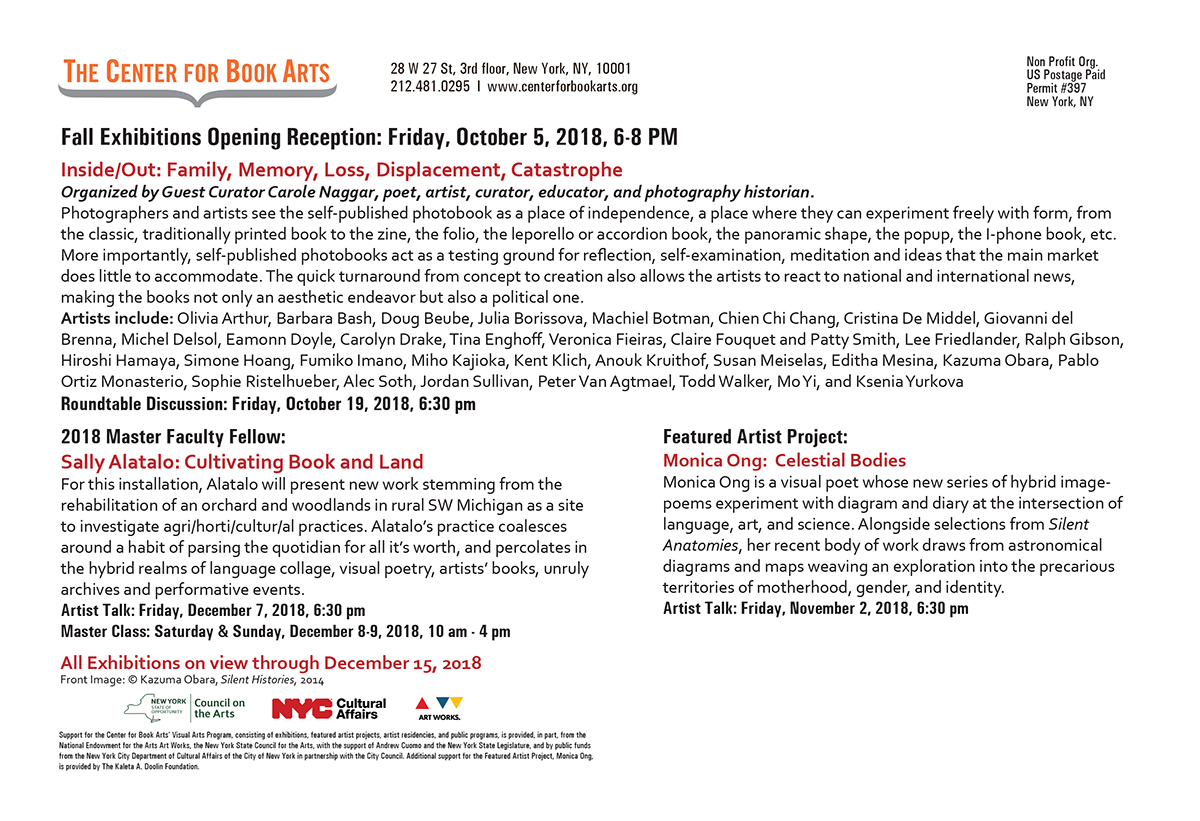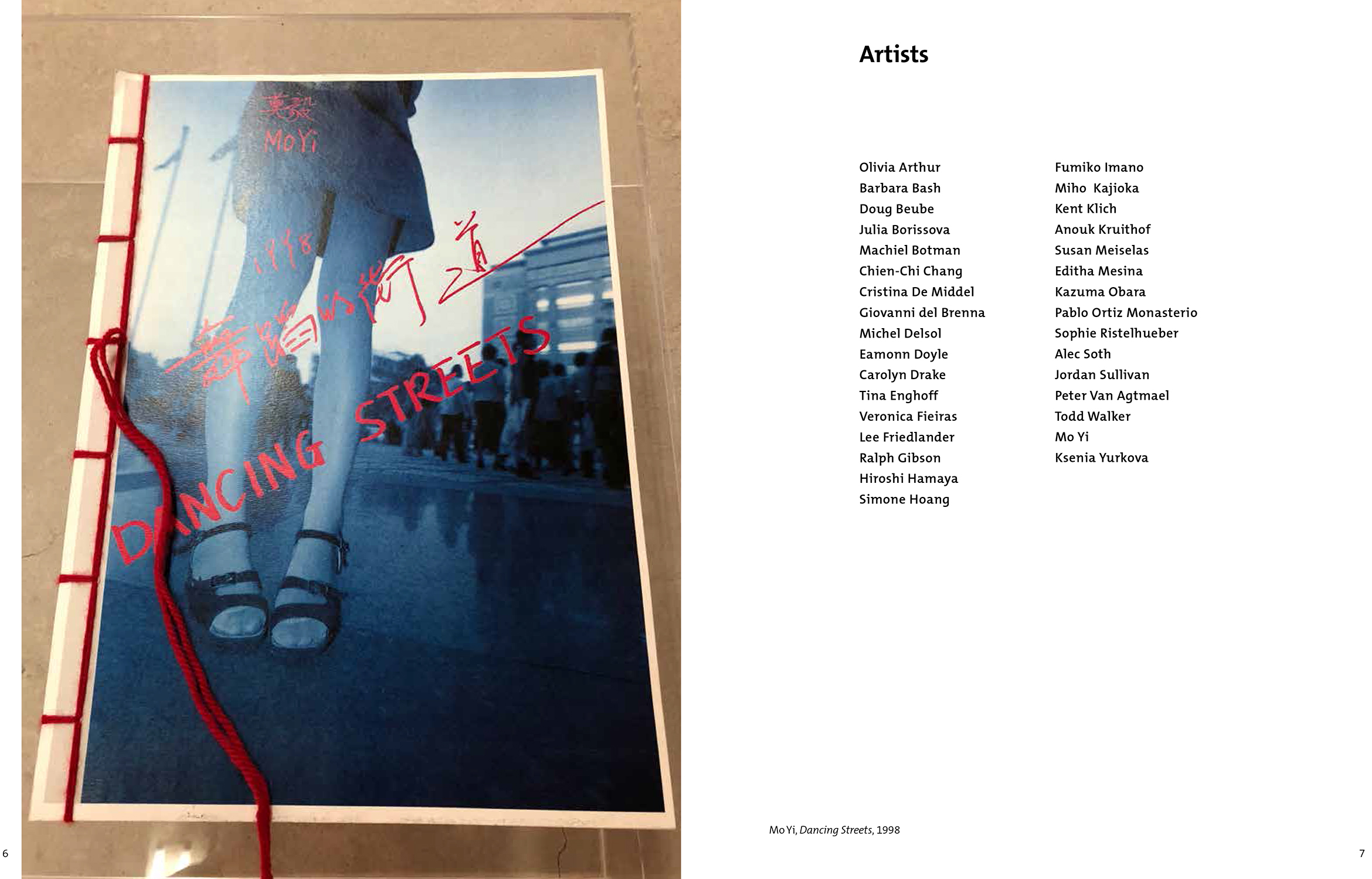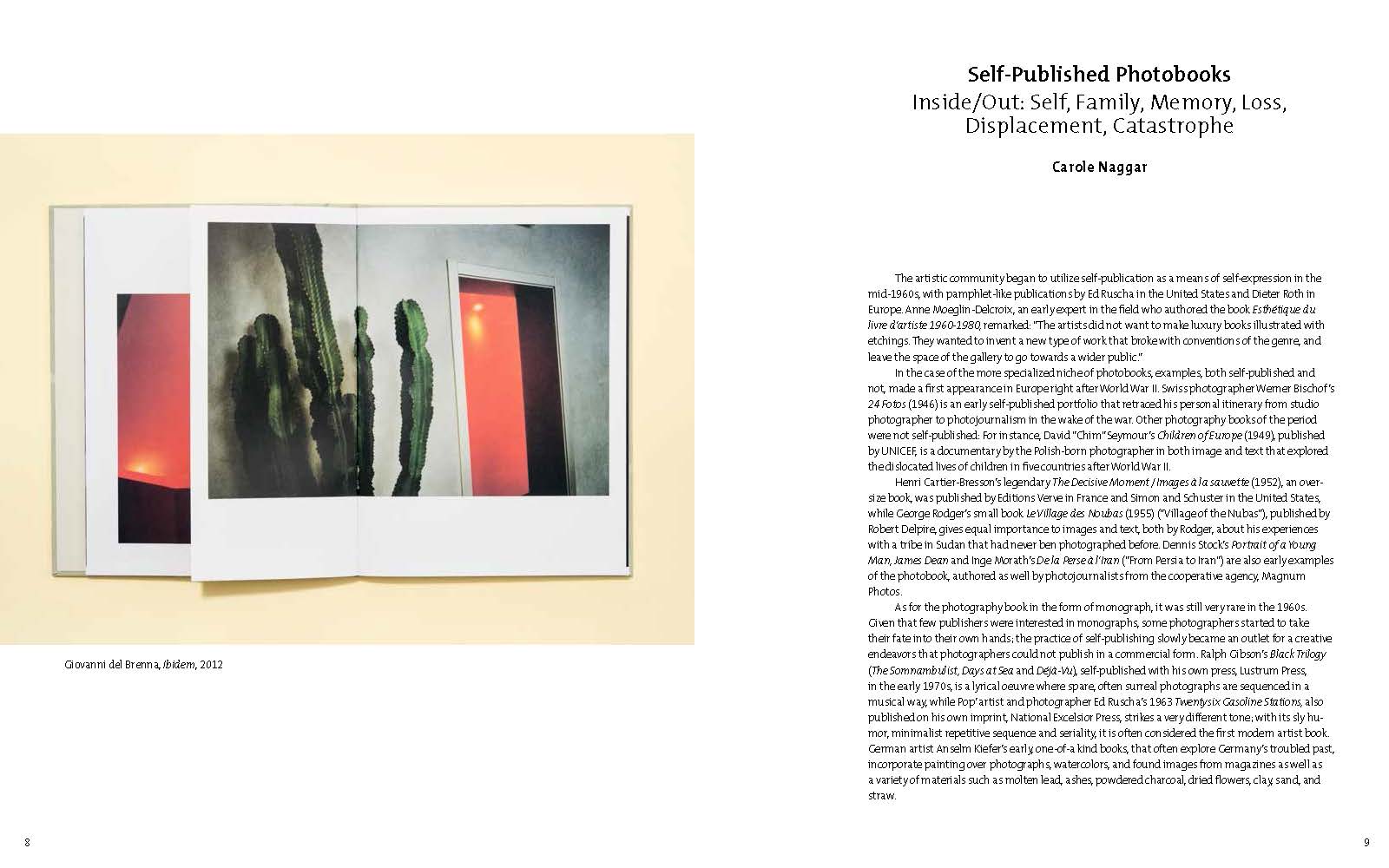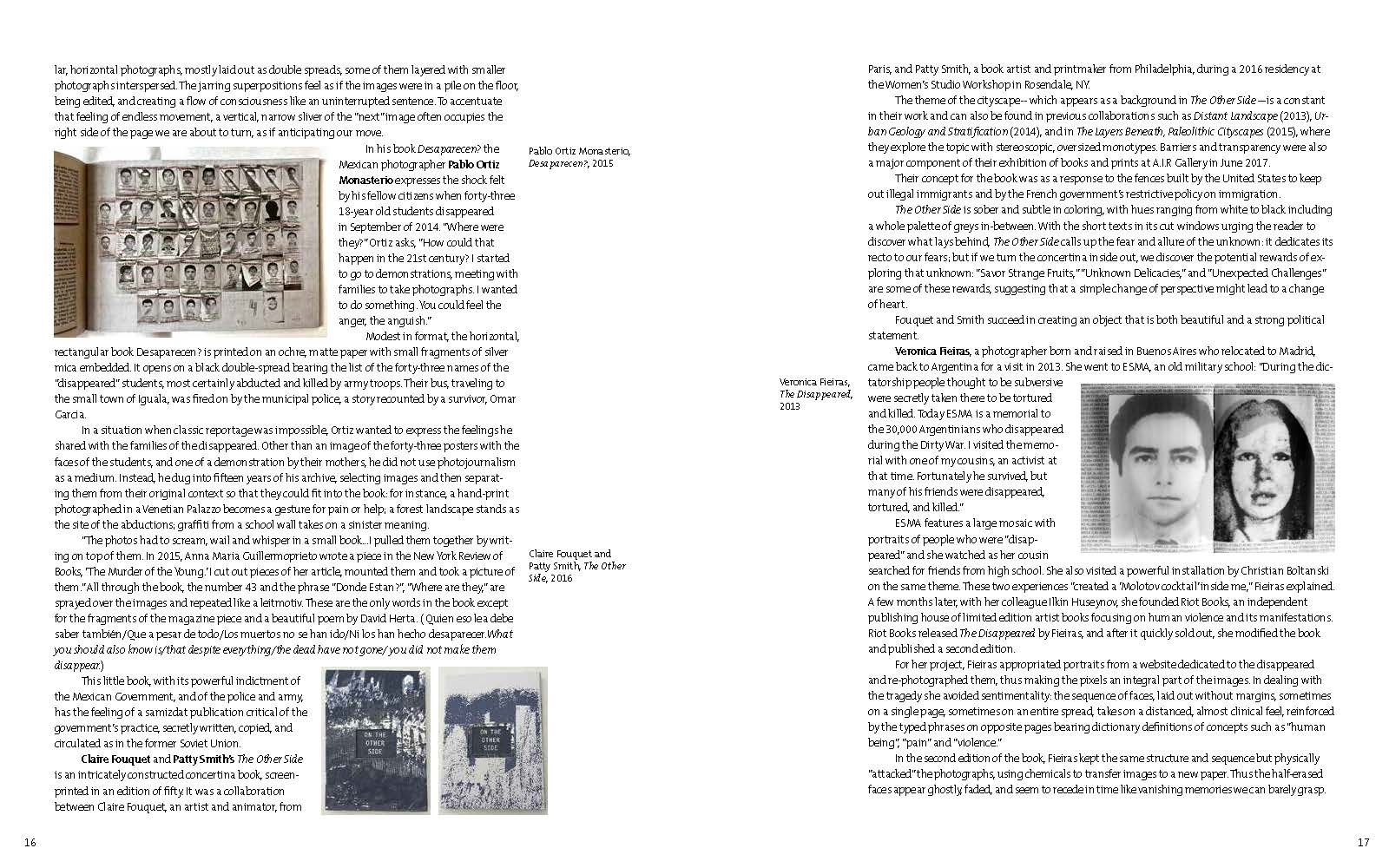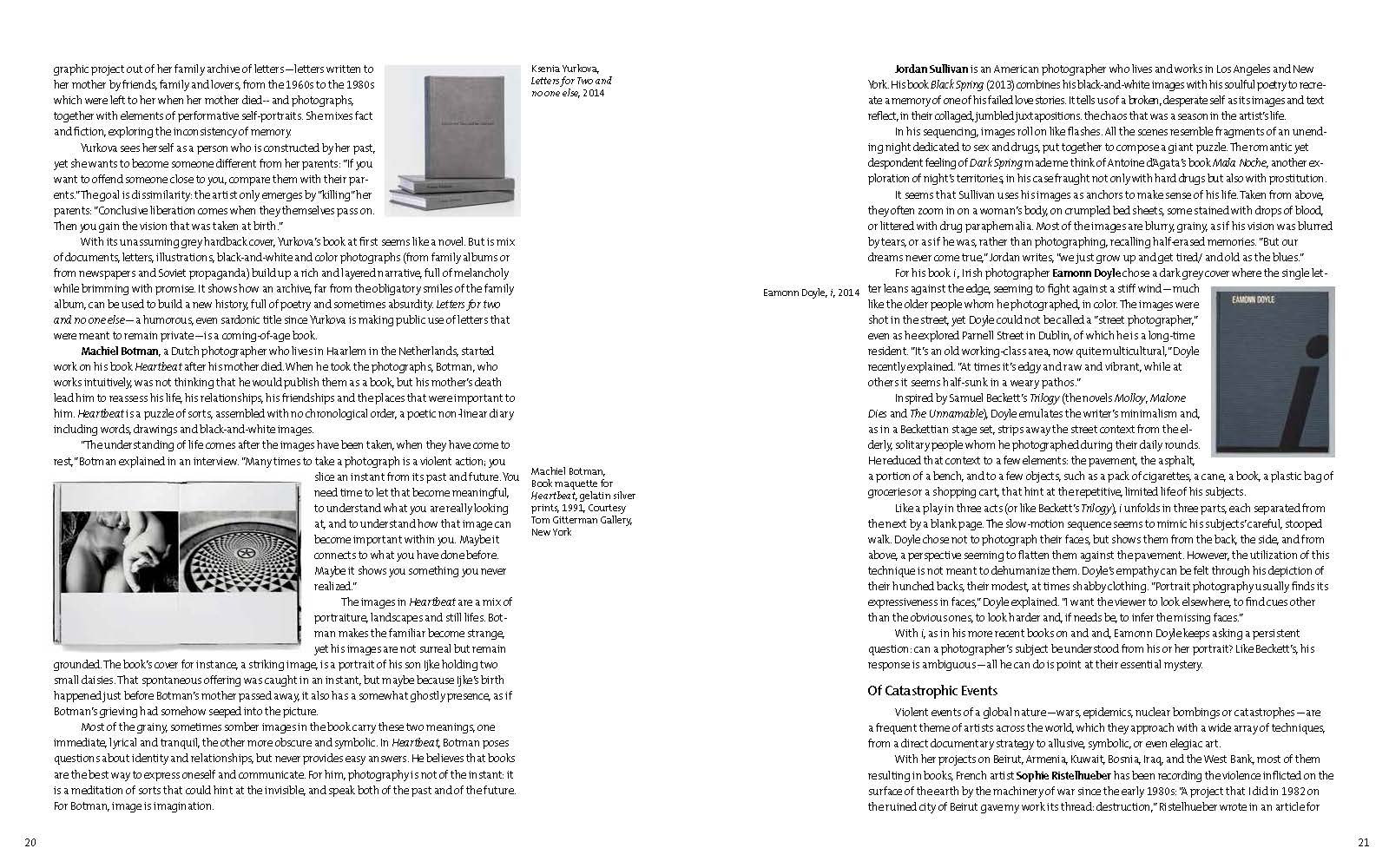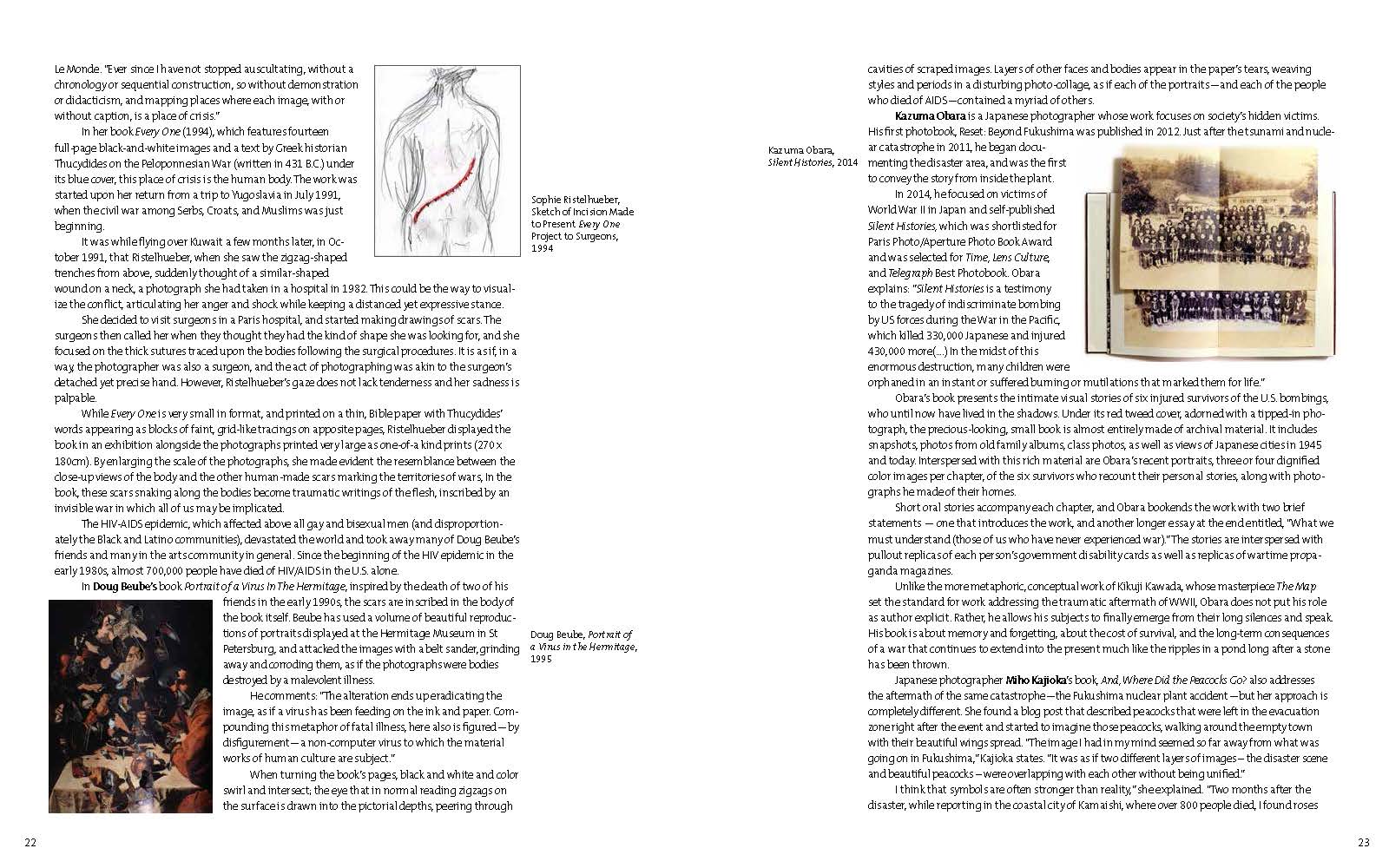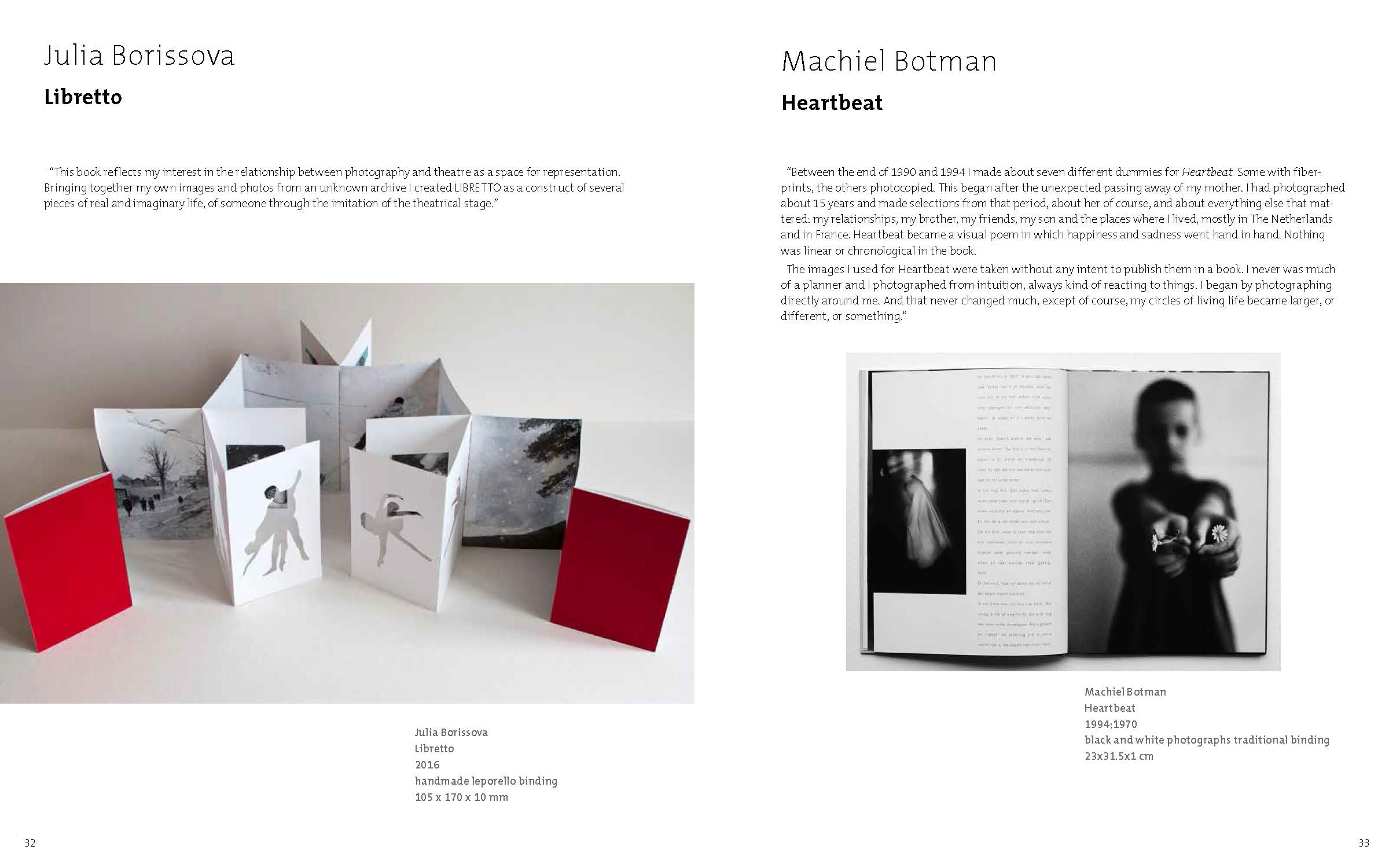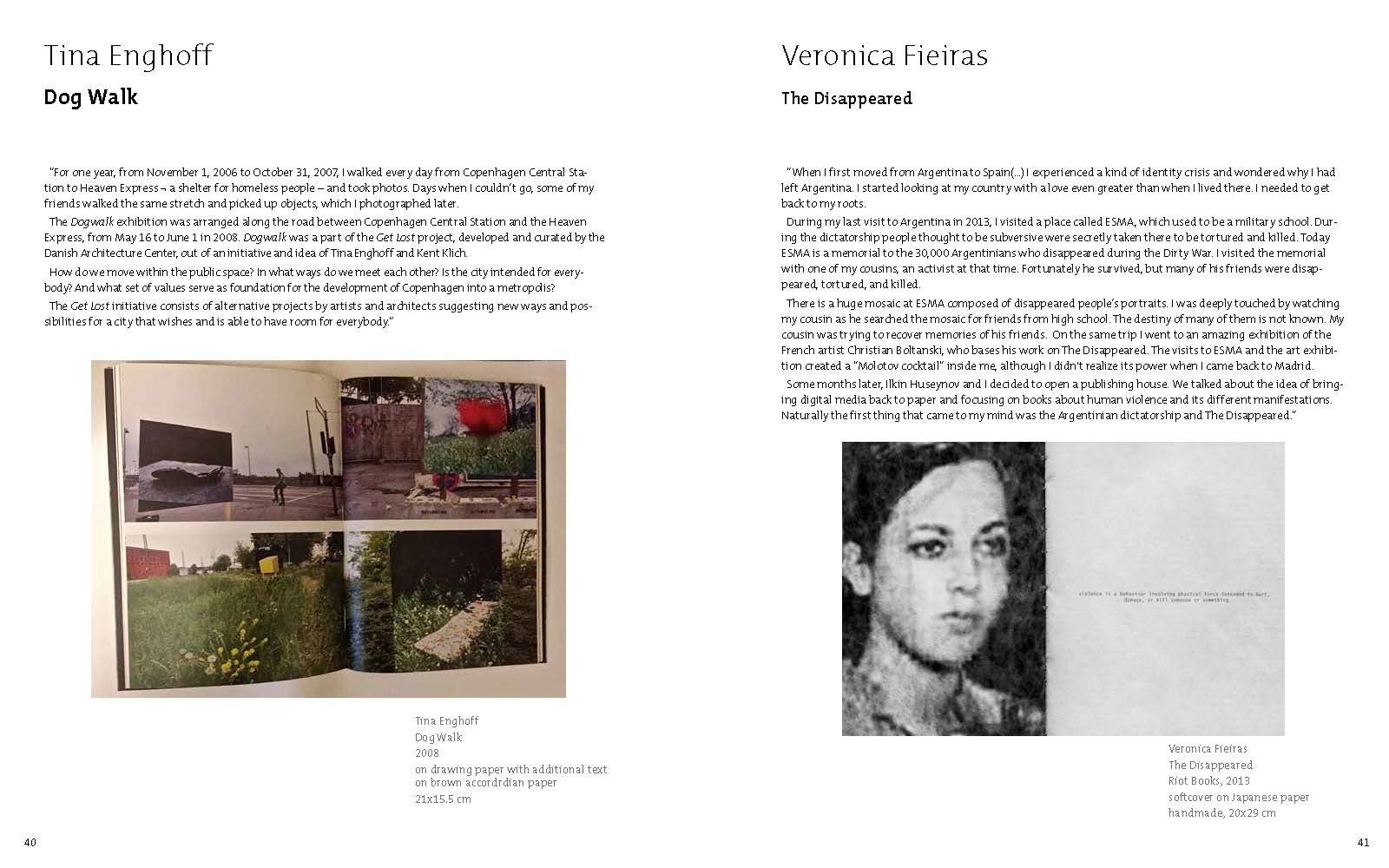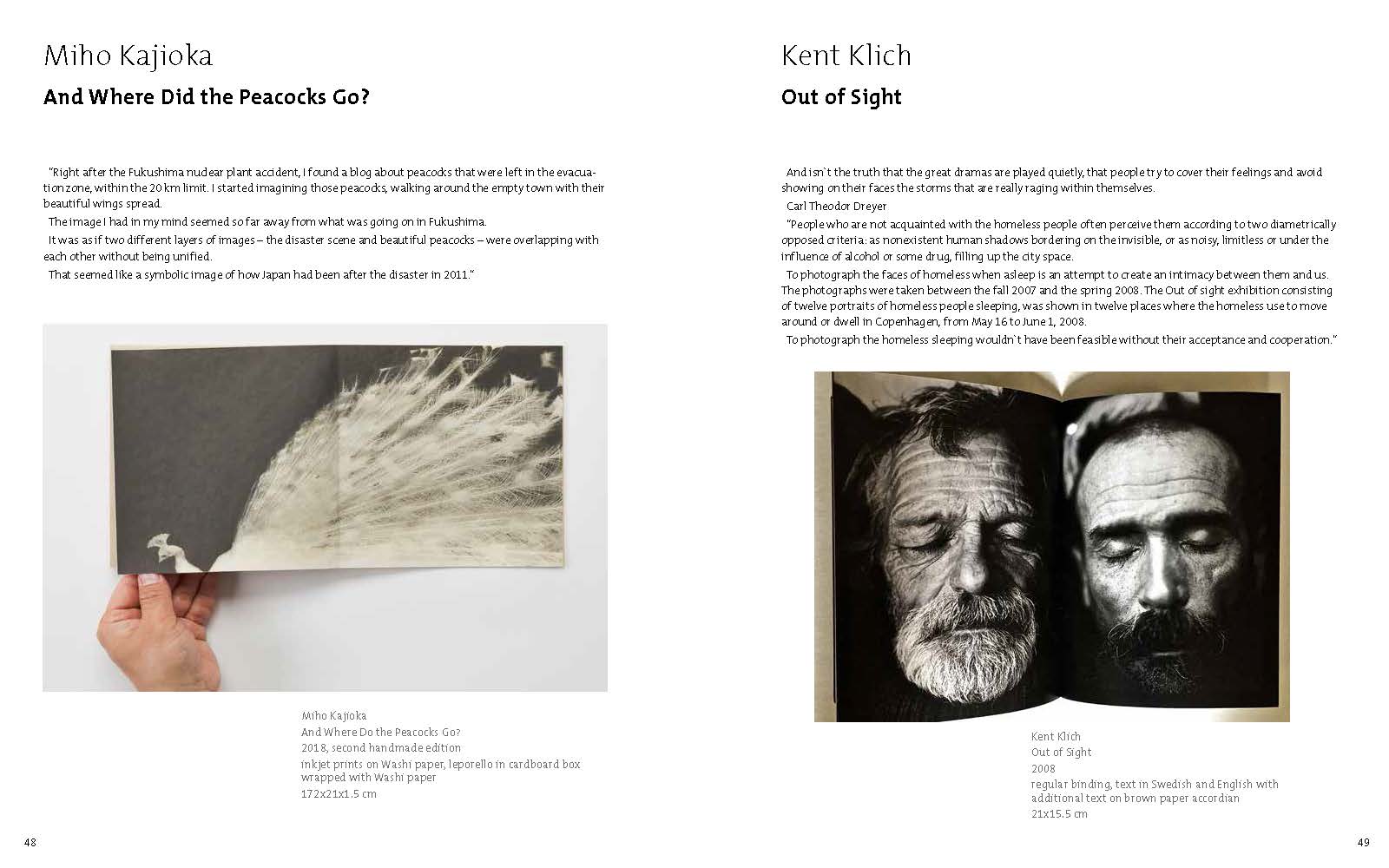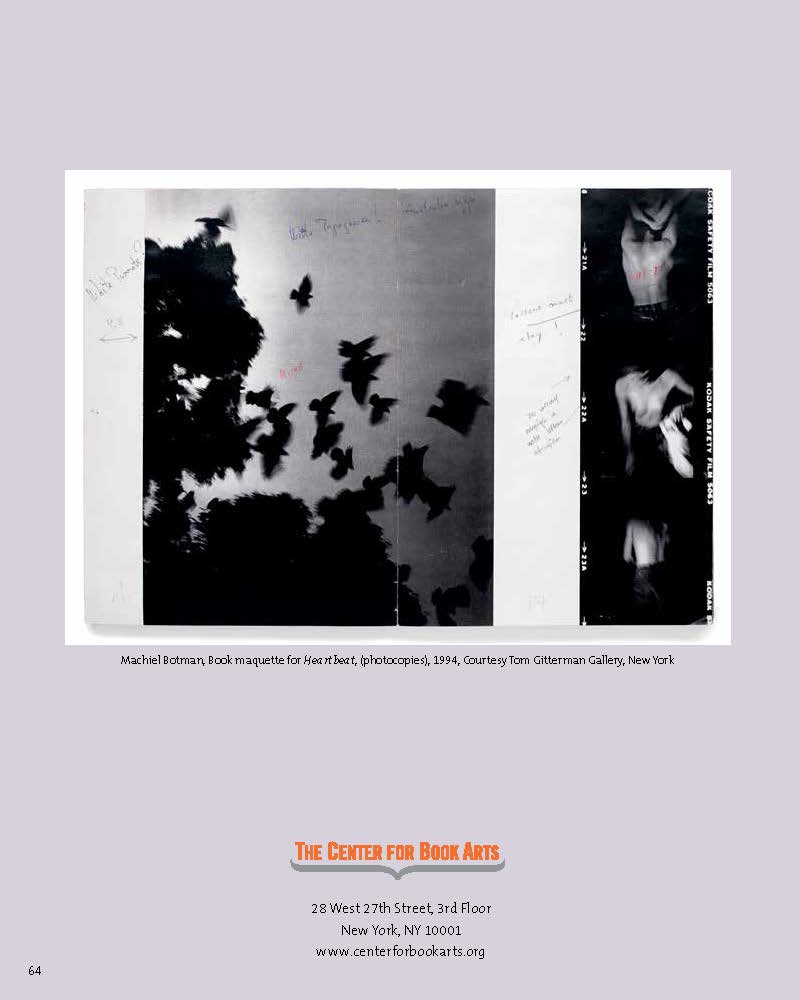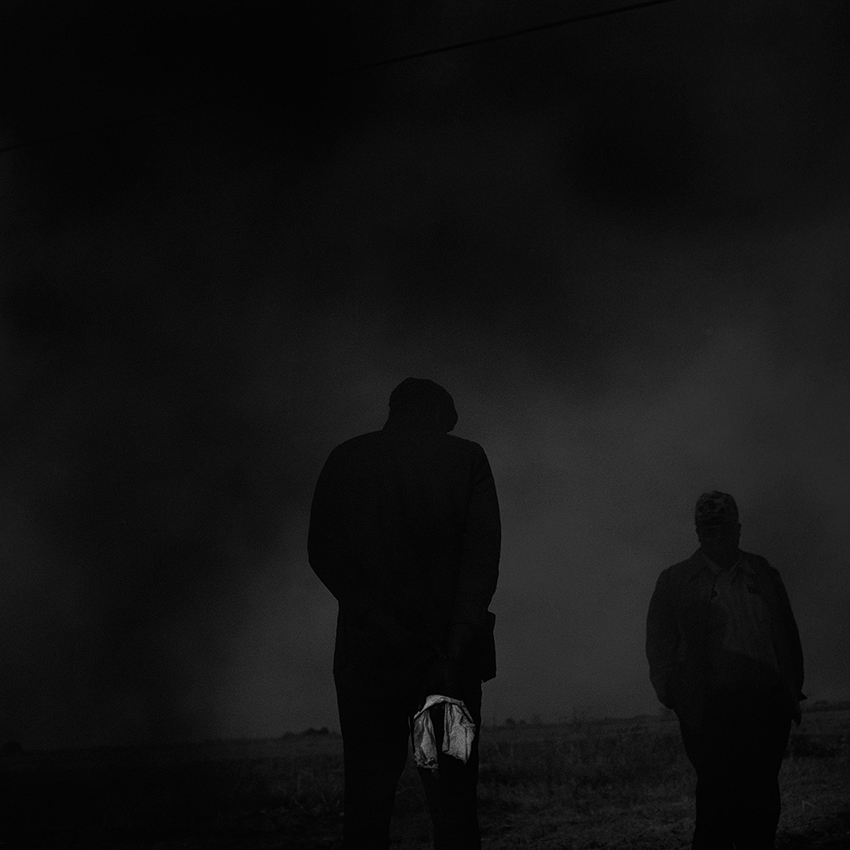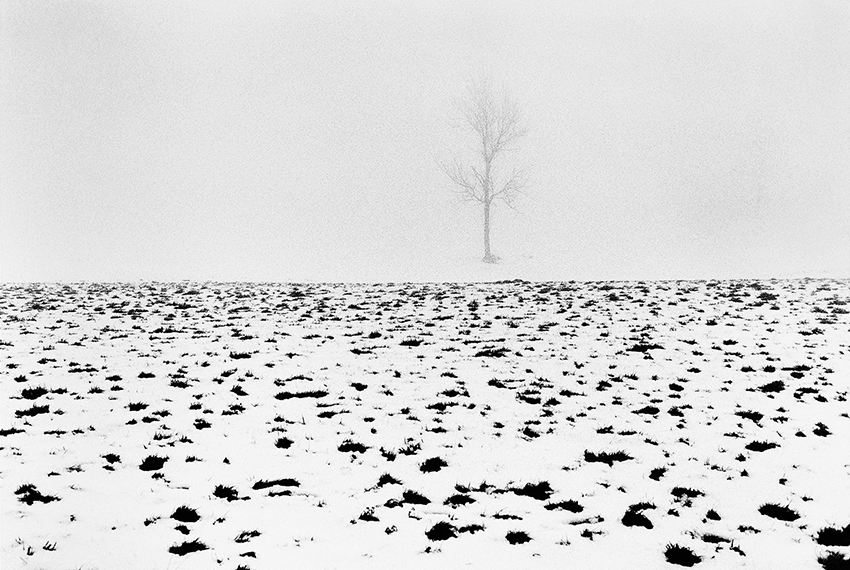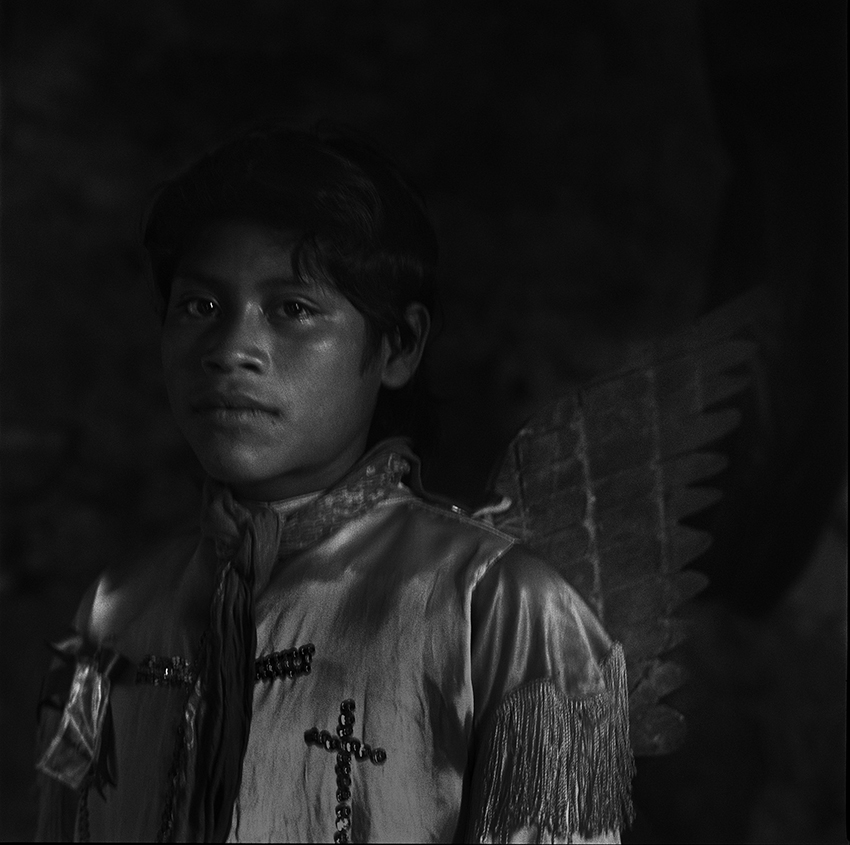Jun Morinaga
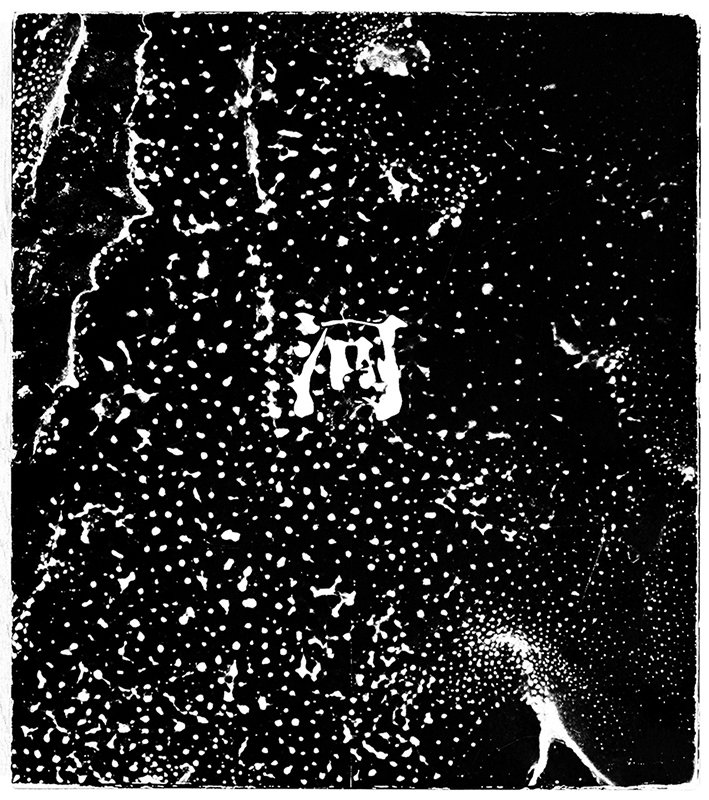
"well, he isn't going to spoon feed us, is he?".
Photographer Jun Morinaga passed away on April 5.
In the world of photography, packed with numerous trends, Morinaga was one photographer who kept maximum distance from them all. His first book RIVER, its shadows of shadows, is an unequalled jewel. Published in 1978, RIVER is true visual meditation as it gazes at life in motion, taking on darkness and death. Above all, this book shows the connection between real and abstract, where the river becomes a floating house while abstraction turns into reality.
Kazuhiko Motomura, the publisher of Robert Frank's Lines of My Hand and Flower Is, gave us only a handful of photography books and Morinaga's RIVER stands out among them. One day I showed this book to Catherine Duncan, a writer who worked with Dutch filmmaker Joris Ivens and American photographer Paul Strand. After a few pages, she turned to me and remarked "well, he isn't going to spoon feed us, is he?". How true that was! Kate became fascinated with RIVER, "it is like taking a long walk without knowing where you are heading”, adding, "had Paul still been alive I would give this to him to use as the manual for his garden work".
Kate, Jun and Motomura later met to discuss writing the text for Jun’s new book titled Sea - on the Waves. Her text was written and she titled it Notes. Probably it was sent to Motomura but life took a turn. Kate died and then Motomura. Sea - on the Waves was later published but without Kate’s words.
With my two friends, Kate Duncan and Jun Morinaga in mind, Kate’s text follows (thanks to the kind permission of Maggie Keane, Kate’s daughter).
NOTES
(Catherine Duncan)
Born on an island, it is inevitable that the eye should travel beyond the precincts of the self. Sometimes the heart does not follow to become a wanderer. Resisting the outward tug of tides, the Rip, and those horizons north over which the Mainland lies, or south to the Pole under its crust of ice, the eye looks inward, to those caves of solitude where spirit rejoins its origins. Here, wearing fur and hide, spear in our flanks, one in that dim coherence -hunter and hunted.
*
Born under Pisces, two fish inhabit our relationship with the sea. One glides, caressed and comforted by transparent tides. The other, fired by desire to escape, rockets upwards into light and air. To gasp out its element on the deck of a ship perhaps, but the land is within reach, the fins are almost wings.
*
There is something grotesque about the heaving bosom of the sea, this massive opera singer spouting up through a blow hole in the cliff, song itself become expectoration.
*
The trouble is with memories that you go round and round them. Nothing happens. Then, one day something happens. They get into time. Now what? Nothing to do with the now. Shoveling dirt on the shards. What's this sticking up? Escaped from the old turmoil. Aerial. Pulling on the past to escape. And there we are, clutching at it for dear life, holding the life line. Present.
*
Ocean is that absence from ourselves when we create the unknown, working at depths of memory before speech. Nothing is ever forgotten. Images float between two waters, unseen by the sun. Only the click of a shutter can reveal an image in the present and how it is pieced together from vestiges of the past.
*
The reproduction of reality by a photograph empties that reality of its material presence. Even the naked eye is deceived by a technique that can reveal the invisible, enlarge or illuminate, transform , displace.
What was once distant can now be brought , by reproduction , into close-up enabling the viewer "to see the universe in a grain of sand" - a new and transitory possession of the unattainable . What we are looking at is no longer reality, simply one of many possible variants of how forms in relationship can change
It may take many grains of sand to reproduce all possible angles of the universe.
For this reason perhaps, Morinaga works in series - Beach & Sea, River & Shadow, Sea & Waves - pitting himself against the irreversible change and movement of his material, to reveal the nature of their being.
These are words, and they in no way help us to see what these photographs keep so well hidden. They can only suggest that Jun Morinaga has shifted from an objective view of reality to a new perception of unlimited relationships .
With his work, reproduction itself becomes an essential part of how we perceive reality..
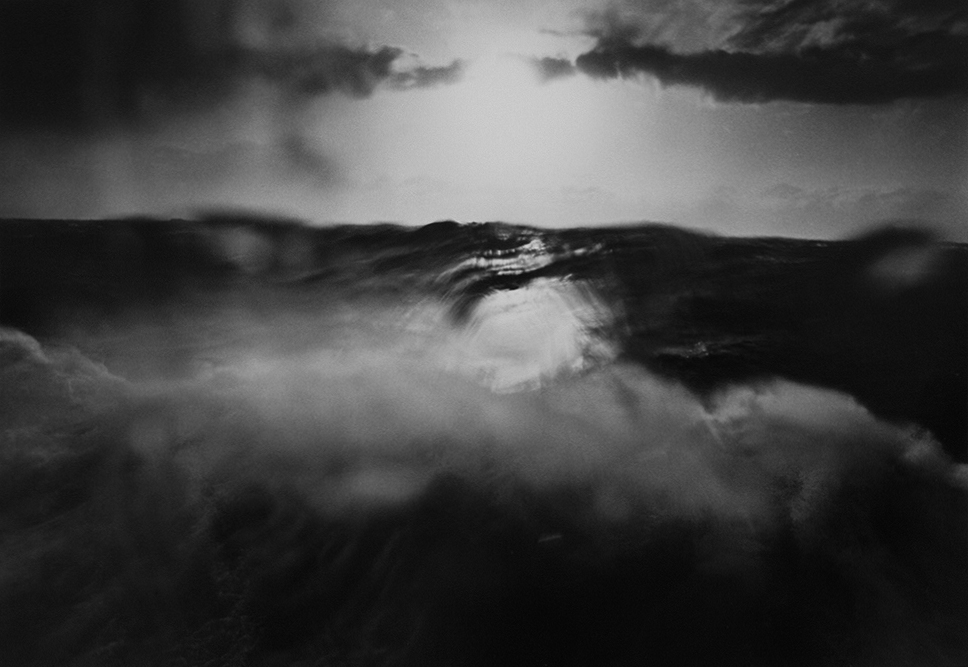 Sea - on the waves, made around 2000
Sea - on the waves, made around 2000
Thanks to Barry Kornbluh, for his patient text editing.
(C) Photos Jun Morinaga - all rights reserved.
The image of the slipcase from RIVER, its shadow of Shadows is shown with the kind permission of the publisher Yugensha.
Dave Heath
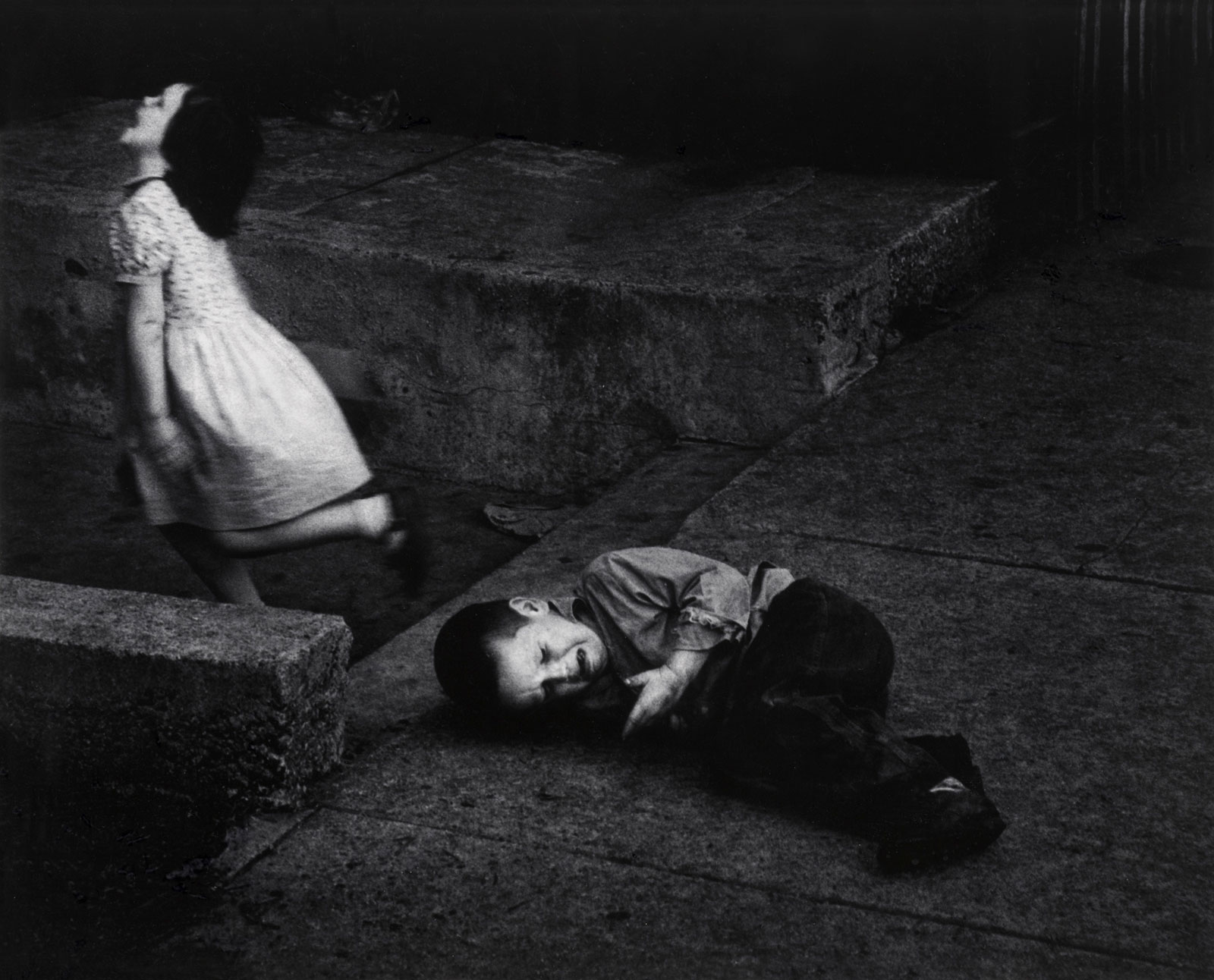
Vengeful Sister, 1956 - (c) Dave Heath
Dave Heath
Yesterday Serge Clement kindly gave me the news. Dave has passed away. I am without words, except I know this is one of those defining moments that make your heart skip a beat.
Thank you Dave. You gave us your dialogue with Solitude.
For many years I have played a silly game with my favorite 3 photo books. They were then and they are now: Masahisa Fukase’s Ravens, Kiyoshi Suzuki’s Mind Games and A Dialogue With Solitude. It is just the order that changes as the years go by.
When we first met in 1999, you signed my copy of A Dialogue With Solitude and I told you about my favorite 3 photo books. You answered: “I am glad someone noticed”.
I was 23 years old when I got A Dialogue With Solitude. It was 1978. Bought it in a small bookstore in Santa Monica, together with Daniel Seymour’s A Loud Song. My reasons for buying these books were woeful: I liked their titles and wanted to have something to look at during the flight to Europe, that same day. A Dialogue With Solitude blew me away. It was like listening to Neil Young’s album Harvest for the first time.
Dave, yes I noticed. You can bring along my belief that by now just about everyone with a heart for photography has noticed. I also think this type of work has no choice but to go slow. Let’s say you turned stones that others simply never touched.
Thank you Dave !
30 June 2016
some quotes
“Simple yet strange. The work of Dutch photographer Machiel Botman often consists of isolated fragments of reality, distorted in various ways to infuse a sense of beauty, and sometimes menace. Mr. Botman’s black-and-white images reproduce a world in which time appears to stand still, a world of feeling and sadness. Every 10 years he releases a book of photographs that aim to create a visual poem”.
New York Times, International, august 5, 2014
***
"For decades now, Dutch photographer Machiel Botman (b. 1955) has occupied a unique, somewhat elusive position in the international photography world. Slowly and with extreme precision, he is building a solid body of work, developing a specific ‘photographic language’ consisting of countless isolated fragments and scraps of reality.
Botman’s work portrays a wonderful life: playing children, a snow-covered meadow, a bat taking to the wing, a woman in the bath. Every image seems loaded with meaning, as if the artist photographs simple things that symbolise the big questions in life. His method is anything but everyday. His images always have an almost indefinable beauty, and a certain menace. He reproduces a world that is becoming increasingly rare, a world in which time appears to stand still, a world of feeling and sadness, unhurried and carefree.
Despite the powerful baryta prints, Machiel Botman’s photographs have an air of humility. Shunning trends in photography, he is above all a photographer who has always done his own thing".
Wim van Sinderen, senior curator photography Photomuseum The Hague on the occasion of the retrospective exhibition from May 17 to August 24, 2014. ( full text )
***
“The Dutch photographer shows black-and-white images from his new book, One Tree, most of which seem to be about things glimpsed in passing—a world more lost than found. Figures are a ghostly blur or a half-seen reflection; landscapes dissolve and shatter. The work is dreamy and disorienting and sometimes results from multiple exposures: a chair floats before a building façade; a white horse is superimposed on the view of a distant house on a hill. But even the most seemingly straightforward pictures can leave you in a world of uncertainty”.
Vince Aletti - in The New Yorker - 6 february 2012
***
"Botman’s work is neither defined nor limited by genre or technique. Landscape, portraiture, still life — all are given equal weight in his photographs. If there is one constant in the work, it’s that the images always evoke dualities. They are strange yet familiar, inviting yet distant, transparent yet oblique. The surface narrative is often in doubt: a disembodied hand supporting a shard of sharp-edged glass is almost Buñuelian in its implications; freckled skin and clouded sky comprise a gently abstract, Kertész-like visual riddle in “Magda’s Shoulder.”
There is something slightly theatrical about the work, which combines dark drama, a muted playfulness and an indefinable spirituality. Yet there is nothing stagy about the gestures and expressions, the settings and scenarios. Tranquility and lyricism predominate, with a sensed emotional volatility just below the surface".
Dean Brierly - in B&W plus COLOR Magazine, 2012 ( full text )
***
"One by one his images have a wonderful visual and poetic strength. Rarely it is clear what it is we are looking at: where, when or why a certain photograph was taken. Contrary to the photographer we do not need to know. He offers us something to work with and to take it somewhere. Precisely because of this, Botman's work is so special and has become a body of work with an enormous potential for the future.
Without doubt he belongs to a select group of artists who stay away from being fashionable. Who keep working, against the main stream, from their own convictions and who in fact produce timeless work that will outlive all the trends".
Marcel Feil - Director, Artistic affairs, Foam Museum Amsterdam, 2006
***
"Machiel Botman's nocturnal 1996 picture of a small child standing alone in a penumbra of artificial light with an impenetrable darkness beyond evokes the beach as a frontier at the edge of an unfathomable mystery".
Ken Johnson on exhibition The Beach in Zabriskie Gallery, New York - The New York Times of 10 july 2006 ( full review )
***
"Botman has never been very explanatory. With him this is not irritating, but rather pleasant. His projects leave enough space for imagination, for us to travel inside them".
Merel Bem - in De Volkskrant of 11 November 2006
***
"He photographs with the sensual pleasure of sharing each day with those he loves, knows, or meets. Not shutting himself of, but living at his own quiet rhythm, with the slowness no doubt of someone who lets things happen, hoping they will happen. He is at their disposal, just there, just aware, just capable of wondering that the memory of what he saw should be caught, captured in every detail on the negative. He thinks perhaps, that it is photography rather than life which offers him these gifts. So he shares with us these luminous visions of a world that we long to touch with the same delicacy that guides his own way of looking.
He can spend ten years working on the layout of "Rainchild" to give us one of the most beautiful and authentic books of recent years. He can make twenty times over bookdummies of books that will never see the light of day and we can only be grateful when he lets us see them".
Christian Caujolle, Gallerie VU, Paris. In 2005
***
"To me Rainchild is a child born of water, wandering, alive everywhere, grey, sad possibly, but with the purity of the water-born in a species of land-born. The liquid version of crystal”
Fred Ritchin, Pixelpress New York, in 2004 ( Pixelpress - "portraits" Machiel Botman )
***
"Botman’s style and modus operandi have barely changed in the ten years since the publication of Heartbeat. He has shunned the Tarzanesque that has come to dominate photography over the past decade - the flashy colours, the shiny prints, the large formats. Save a few exceptions, his images are in black and white and are modest in size. Modest too is his subject matter: snow on the branches in the garden, grey hairs on a dark forearm, a child’s drawing on a steamed up window. They’re distinctly personal images, intimate and close to the bone. Where and when they were taken, is not mentioned. It isn’t in the least important: Botman’s images do not make statements about the world as such. At most they try to show some of the emotions that brought them about. Within this process finitude and the passing of time of course play a key role.
In his way of working with images, Botman emphasises that every statement about one’s own past is fluent and innately marked by time: the meaning of experience changes with the passing of time
There is no ‘solid’ or chronological story line in Botman’s autobiographical universe. Despite their simplicity and warmth, this also makes his images to a certain extent somewhat inaccessible. He shows the things he remembered and the moments that moved him, yet it remains guessing as to their narrative. On the other hand: this lack of grip is part and parcel of his treatment of ‘time’ - and of photography itself.
Be this as it may, the fact that his re-constructed universe is a vibrant one indicates the visual intelligence that lies at the root of Rainchild".
Eddie Marsman on Rainchild, in NRC Handelsblad of October 16, 2004 - ( full text in Dutch )
***
Botman, heart to heart - Touching visions of a Dutch artist
"It's a very curious feeling to look at a photograph and simultaneously have the impression that it develops in front of you and it is made for you personally. Like an unexpected gift. There is this gratuitous magic in the world of Machiel Botman, born in 1955 in the Netherlands, who literally opens his heart with Rainchild.
Even when things get serious, he remains light: “ Who cares”, he likes to say, and he meets his friends (Kate, Johan, Constant) that could be yours, and who perhaps are.
It is a journey forward and backward, like a sweater of multicolored knitted wool with unplanned stops, and we don’t know what to do to help. For example, is the house burning or is it just a cloud? These children in shorts in front of the window, where did they come from? We also think of music, piano drops in the rain -- and this funny guy with white facial hair so long that it seems the little birds come to nest in it.
In the book that accompanies the exhibition, Machiel Botman writes sweet words, rather gray, speaking of his grief when his mother died and the portrait of her that he would have wanted so much, as his brother did. “ So we agreed that each of us would have it in turn for five years.”
Brigitte Ollier in Libération, 2004 ( text in French )
***
"Machiel Botman calls his book Heartbeat. The word is a symbol for life, and when the beat stops, for death. Its acceleration implies emotion, exitement, passion; the word also implies being moved, that feelings are aroused, that the heart has been touched. The photographs in Heartbeat possess all these qualities. They are about eroticism, childhood, youth, parental love and the death of a parent.
There is no literal landscape to be seen in Botman’s photographs. His universe is that of the overwhelmed soul. In his work he attempts to come to terms with his mother’s death and in his thoughts and grief he comes up against the manifold feelings that surface at such times, from looking back on his childhood to fathering a child, and passing on life.
If one takes his images literally, one sees eroticism in the look of desire on a women’s face; in a raised leg and a ridden-up dress, the shadow of the gesture seeming to divulge a secret; in a woman undressing; in a gentle sleeping face. He sees love and dependency in a child holding out a flower. The flowers are in focus, the child indistinct. It could be his child, or himself as a child. The photograph captures the way the roles are reversed in life, the passing on of eternity".
Willem Ellenbroek on Heartbeat, in De Volkskrant of 4 January 1995 ( full text in Dutch )
 Machiel Botman
Machiel Botman
